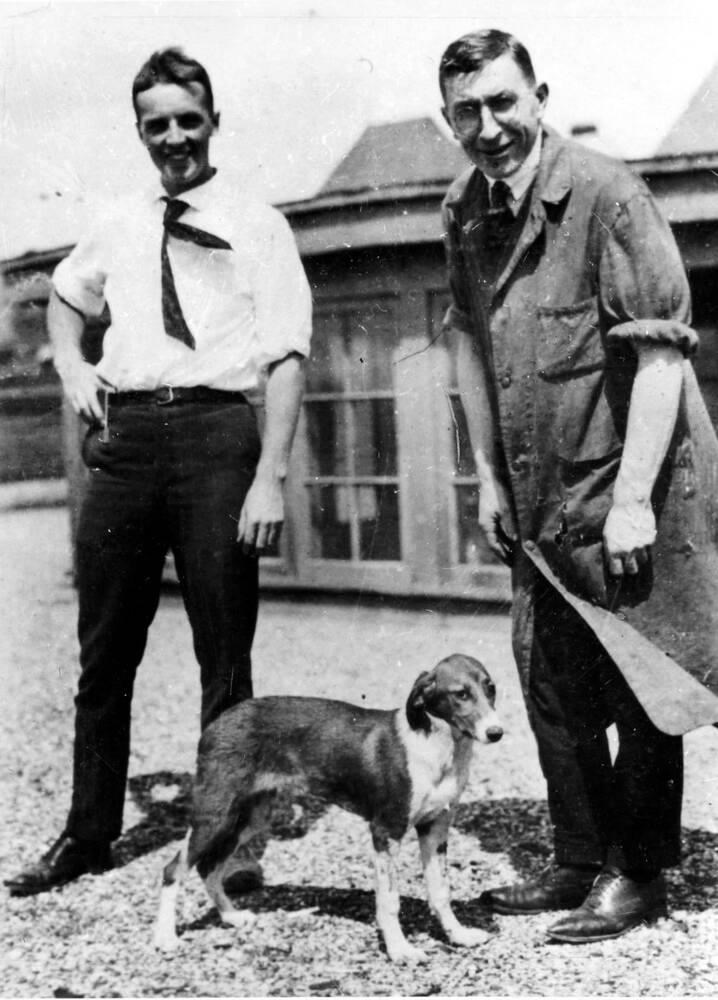There has been some encouraging news on the health-research front. Several studies underway suggest that it may in future be possible to vaccinate against some forms of type 1 diabetes.
At present, there are no medications that cure either type 1 or type 2 diabetes.
We’re dealing here with an auto-immune disorder, in which the patient’s body attacks the insulin-producing mechanism located in the pancreas. In less-severe cases of type 2, the damage may be limited, meaning the pancreas still produces a diminished amount of insulin. That can often be managed with diet changes.
But many patients with type 1 diabetes get no such relief. Their only option is life-long injections of manufactured insulin, often on a daily basis.
And the costs can be formidable. Many Canadians with type 1 diabetes use up to $7,000 worth of manufactured insulin a year.
Patients who have no drug insurance may find they cannot afford an optimal regimen.
Part of the problem is that the cost of manufactured insulin in Canada has jumped 50 per cent in the past few years. Although that’s nothing compared to what has happened south of the border.
Since 2001, the main producer of insulin in the U.S. has hiked its price 28 times, for a total increase of 628 per cent. Keep in mind that the two Canadians who invented manufactured insulin, Frederick Banting and Charles Best, gave their patents to the University of Toronto for $1 each.
I raise this scandalous behaviour because it brings into heightened relief the need for a permanent cure, in the form of a vaccine for type 1 diabetes.
So where are we at on this front? The first suggestive fact lies in the curious distribution of this ailment across the globe.
Three of the four countries with the highest incidence are Finland, Sweden and Norway. There seems to be a geographic grouping here.
And eight out of the top 10 countries are advanced western economies, Canada included. Our incidence rate is 20 times the level found in some third-world countries.
One potential explanation for these geographic groupings is that a region-specific virus may be responsible for the ailment.
A series of studies conducted by Norwegian researchers found that young adults recently diagnosed with type 1 diabetes had CVB virus in the pancreas. CVB is an intestinal virus not normally found in the pancreas.
That suggests that anti-viral medications could be effective. A clinical trial is underway in Norway and Denmark to test this possibility.
Other researchers in Norway and Finland have gone a step further. They believe a vaccine can be developed, possibly within a few years. A small early clinical trial proved successful.
This is still a work in progress. And it’s possible that only some variants of type 1 diabetes may be suitable for these treatments.
Nevertheless, for the first time, it does appear we are close to establishing the cause of this disease. And if indeed it is a virus, a whole new field of treatment opens up.



